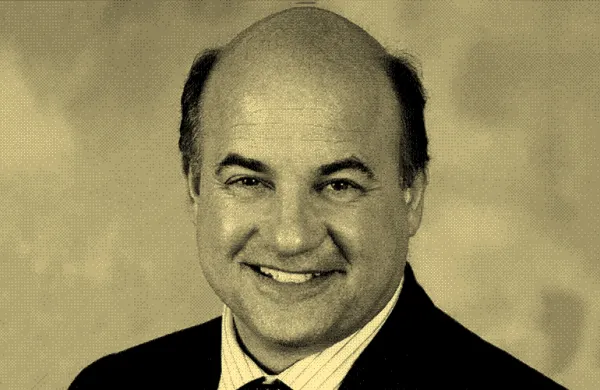Despite its confidence-inspiring name, Alaska Permanent Fund Corp. is in flux. The state legislature is weighing plans to tap the $52.2 billion Alaska Permanent Fund to make up budget shortfalls while the corporation that manages it reels from the departures of three key executives over the past year.
Since Angela Rodell took over as Juneau-based APFC’s executive director in October, her top priority has been hiring. “It’s about creating an organization that’s prepared to deliver to the state what the state may ultimately be demanding of us,” Rodell, 48, tells Institutional Investor.
Former fund chief Michael Burns passed away unexpectedly last July at age 68. To make matters worse, CIO Jay Willoughby left to join Radnor, Pennsylvania–based The Investment Fund for Foundations in September, and he poached David Fallace, Alaska’s director of special opportunity investments, in January.
Turnover has plagued the sovereign wealth fund for years, thanks to caps on compensation combined with Alaska’s remote and rugged location. “You’re not going to get paid a million dollars here,” Rodell admits. “That’s just the reality.” She put in a request with the legislature for a modest $216,000 increase in salary and benefits to be spread across the corporation’s 42 employees, but chances look slim.
The last time the state approved raises for APFC was 2013, and that was before oil prices took a dive, blowing a $3.5 billion hole in Alaska’s annual budget. To fill those gaps, lawmakers are debating proposals to use the fund. “There is no question in my mind that at some point they are going to be tapping into the Permanent Fund for help in some form or fashion, even if it doesn’t happen this year,” Rodell says.
Formerly an investment banker for New York–based First Southwest Co., Rodell moved to Juneau in 2011 to become deputy commissioner of the Alaska Department of Revenue. In 2013 then-governor Sean Parnell promoted her to commissioner, a position she held until Parnell lost his reelection bid the following year. The Eau Claire, Wisconsin, native chose to stay in Alaska as a consultant for the Senate’s finance committee; she and her yellow Labrador retriever Carter had fallen in love with Juneau on their hikes through the Coast Mountains.
Rodell concedes that Alaska isn’t everyone’s cup of tea. Still, she managed to replace Willoughby with Russell Read, who served as CIO of the now-$291.2 billion California Public Employees’ Retirement System from 2006 to 2008. Most recently, Read was CIO and deputy CEO of Kuwait-based Gulf Investment Corp., a $2.1 billion development fund established by the Gulf Cooperation Council — which comprises Bahrain, Kuwait, Oman, Qatar, Saudi Arabia and the United Arab Emirates — to invest in private equity and infrastructure and help the region diversify its economy away from a reliance on oil.
Read’s background in direct investing should be a good match with Rodell’s expertise in public finance. At First Southwest she had focused primarily on public housing and infrastructure. The latter is an asset class that she wants to ramp up at APFC. “Finding those opportunities can be challenging because a lot of institutional investors are interested in infrastructure, but it’s definitely an area we want to explore and expand on,” Rodell says. The fund has had a rocky start to 2016, down 3 percent for the year as of the end of February.
APFC began investing in infrastructure in 2007; the asset class now accounts for roughly 3 percent of the total portfolio, with a target allocation of 4 percent. Last May the board authorized the fund to branch into related fields like timber and farmland. Lawmakers and board members have long disagreed over whether APFC should invest in Alaskan infrastructure, particularly when it comes to financing the construction of a proposed $50 billion liquefied-natural-gas pipeline. Depending on the size of such an investment, the return potential and projected risk, APFC is open to investing in a gas pipeline or other in-state infrastructure projects if they would enhance its portfolio, Rodell says.
The fund started making direct investments in energy after the descent in crude oil prices made valuations more attractive, Michael Burns told Institutional Investor in a March 2015 interview. “It’s like they say: A fireman has to run toward the fire,” he explained.





